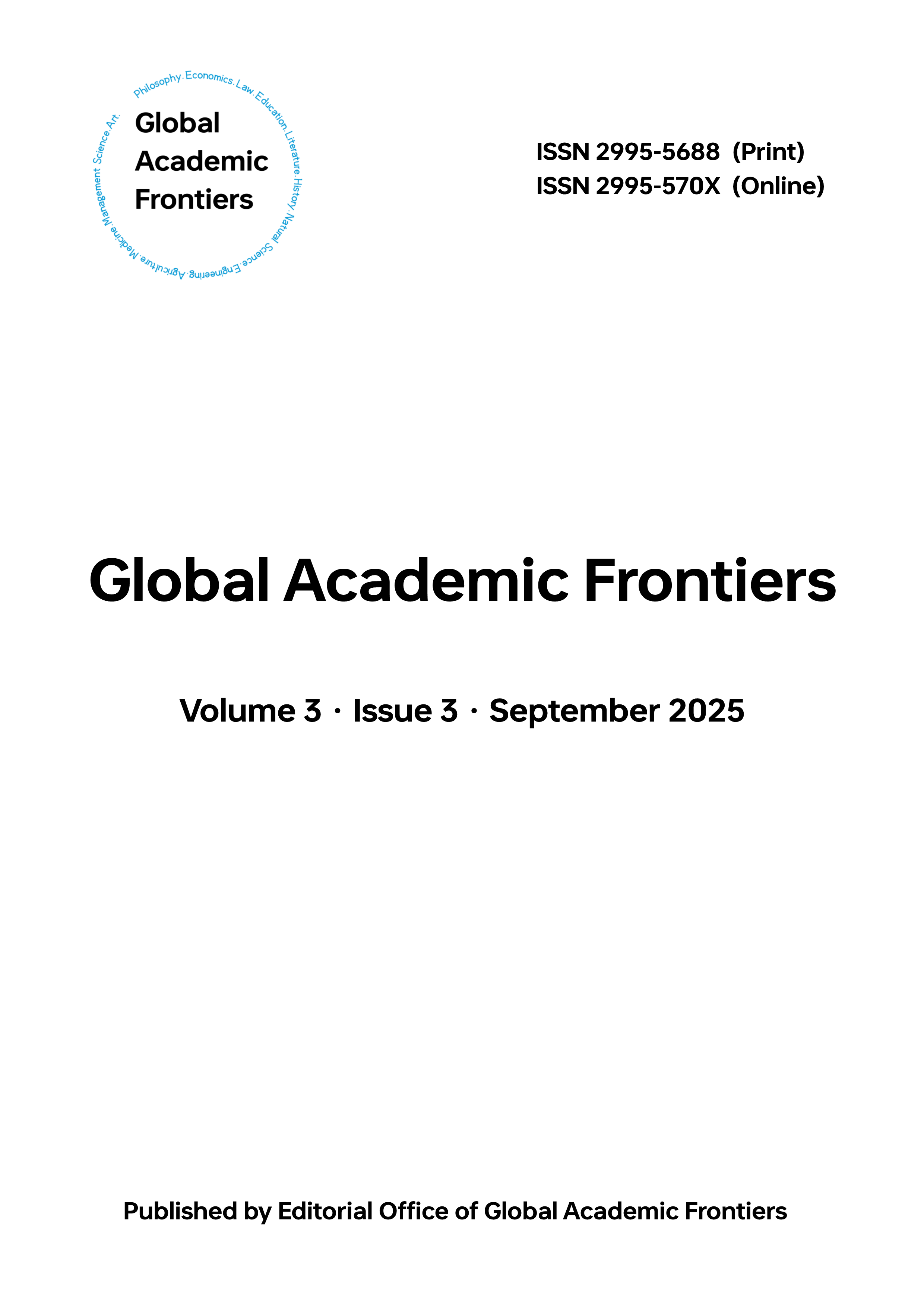Discussion on problems caused by uneven deployment of 5G network edge computing nodes
DOI:
https://doi.org/10.5281/zenodo.17018720Keywords:
edge computing, node deployment, scheduling optimization, 5G networkAbstract
This study focuses on the issue of uneven deployment of edge computing nodes in 5G networks. A multi-regional simulation model was constructed, and four key performance indicators were evaluated: average end-to-end latency, node load balance, request success rate, and resource utilization. Various optimization techniques, including automated scheduling and network slicing, were employed to control the simulation. The simulation results show that the average latency decreased from 54.8ms to 35.9ms, the load balance increased to 0.72, the request success rate rose to 91.7%, and the resource utilization improved to 74.6%. The study demonstrates that deploying optimized control strategies can significantly alleviate the performance bottleneck caused by uneven node distribution, thereby enhancing the overall service capability and resource utilization of the edge computing system.
Downloads
References
Ahmed, E. R. (2022). New collaborative caching scheme for D2D content sharing in 5G. Journal of Communications, 17(7).
Chang, Y. S., Sarker, A., Wuthier, S., & Lin, X. (2024). Base station gateway to secure user channel access at the first hop edge. Computer Networks, 240, 110165.
Daneshvar, H. M. M. S., & Mazinani, M. S. (2024). Training a graph neural network to solve URLLC and eMBB coexisting in 5G networks. Computer Communications, 225, 171–184.
Divya, G., Shalli, R., Aman, S., & Harpreet, K. (2022). Towards security mechanism in D2D wireless communication: A 5G network approach. Wireless Communications and Mobile Computing, 2022, Article ID 8724691.
Esfandyari, A., Zali, Z., & Hashemi, R. M. (2025). Online virtual network function placement in 5G networks. Computing, 107(5), 120.
Ferenc, M., Péter, R., Azra, P., & János, L. (2022). Positioning in 5G and 6G networks—A survey. Sensors, 22(13), 4757.
Halabouni, M., Roslee, M., Mitani, S., & Rauf, H. (2025). NOMA-MIMO in 5G network: A detailed survey on enhancing data rate. PeerJ Computer Science, 11, e2388.
Halima, C., Radouane, I., & Mohamed, B. (2024). Enhancing 5G networks with edge computing: An overview study. ITM Web of Conferences, 69, 01003.
Liang, T., & Xiaorou, Z. (2022). A case study of edge computing implementations: Multi-access edge computing, fog computing and cloudlet. Journal of Computing and Information Technology, 30(3), 139–159.
Mahmood, T., & Rehman, U. U. (2025). Resource allocation strategy selection for 5G network by using multi-attribute decision-making approach based on tangent trigonometric bipolar fuzzy aggregation operators. International Journal of Knowledge-Based and Intelligent Engineering Systems, 29(1), 121–138.
Pramanik, S., Ksentini, A., & Chiasserini, F. C. (2024). Cost-efficient RAN slicing for service provisioning in 5G/B5G. Computer Communications, 222, 141–149.
Souza, C., Falcão, M., Balieiro, A., & Albuquerque, C. (2025). Dynamic resource allocation for URLLC and eMBB in MEC-NFV 5G networks. Computer Networks, 260, 111127.
Suman, P. (2024). A comprehensive review on machine learning-based approaches for next generation wireless network. SN Computer Science, 5(5).
Tsourdinis, T., Chatzistefanidis, I., Makris, N., & Tsiropoulos, G. (2024). Service-aware real-time slicing for virtualized beyond 5G networks. Computer Networks, 247, 110445.
V, P., K, S., R, S., & A, J. (2025). Dynamic network slicing based resource management and service aware virtual network function (VNF) migration in 5G networks. Computer Networks, 259, 111064.
Yan, Y., Zhang, B., & Cheng, L. (2023). A networked multi-agent reinforcement learning approach for cooperative FemtoCaching assisted wireless heterogeneous networks. Computer Networks, 220.
Downloads
Published
Issue
Section
License
Copyright (c) 2025 Jinghua Cui, Jiulong Zhang, Linluo Yao (Author)

This work is licensed under a Creative Commons Attribution 4.0 International License.






